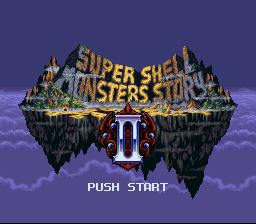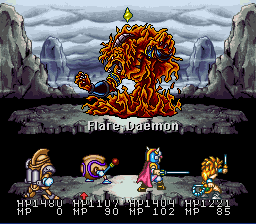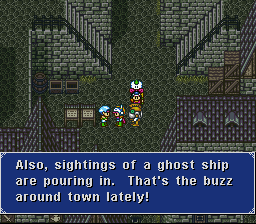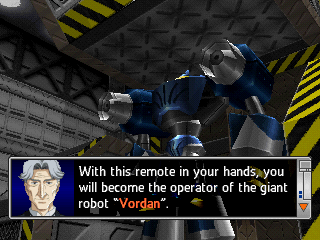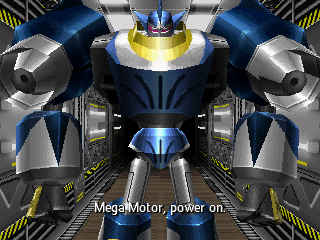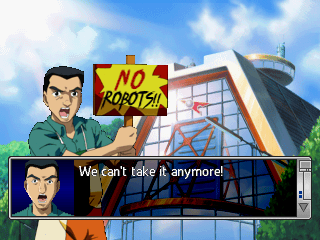Notes on Popoie’s Gender
Handling Popoie’s gender is a particularly challenging dilemma. Popoie uses おいら as a first person pronoun, itself a casual derivative of 俺 ore, which is almost always understood to be masculine. A survey of similar contemporary media shows that おいら was a popular choice for cutesy male characters like Palom from Final Fantasy IV or Gau from Final Fantasy VI. However, おいら is also a common choice for non-male characters to effect a boyish presentation. J uses gender neutral pronouns for Popoie’s third-person situations, but this does not work the same way in English. Such pronouns can be translated as “the one”, and the same or similar pronouns are used for unambiguously gendered characters like Purim and Dyluck. EW used a combination of gender neutral (it/it/its) and masculine pronouns.
The equivalent French translation exclusively used masculine pronouns for l’elfe and the German opted for feminine ones for Koboldin, or Kobold Mädchen. Nintendo Power also used “it” and the English release’s manual used the second person for all three of the main characters. Despite these variations, in the quarter century between the original release and the 2018 remake, masculine pronouns were the norm for discourses on Popoie, even in the face of uncertainty. Many American gamers expressed disbelief that Popoie was male simply based on expectations of appearance.
In 2018, the situation further evolved with EG exclusively using gender neutral pronouns (they/them/theirs) and many external references changed to align with this. However, two years later, this was upended by the English release of A, which exclusively used masculine pronouns once again when discussing the development of the character.
A complete discussion of the intricacies of gender identity and expression and how it applies to our work is not feasible in this commentary. However, we made every effort to consider all the available sources with the complexities involved.
Hiromichi Tanaka did indeed refer to Popoie as genderless in a 1993 interview with Hippon Super magazine. M also used 不明 fumei (unknown, ambiguous) as the answer to 性別 seibetsu. The latter term may indeed be translated as gender, but it can just as well mean sex or what we may interpret as sex assigned at birth. Therefore, what 不明 is likely saying here is that we can assign the male sex to Randi and the female sex to Purim, but we can’t assign a sex to Popoie because Popoie is a particular type of Mana spirit and such a designation would be irrelevant. (It’s worth noting that Popoie’s grandfather is a sprite and unambiguously male in J.) This, however, is not particularly relevant when discussing Popoie’s gender and that is where much confusion arises.
While Popoie uses おいら in the first person, Gnome uses おやぶん in the third along with the Elder who twice uses ちびスケ. おやぶん is a rather patriarchal term that we translated as, “bossman.” It is used by the Yakuza, among others, to refer to a role similar to a superior in La Cosa Nostra. ちびスケ’s ending is generally, but not always masculine; the word is used endearingly to refer to someone of short stature.
A native speaker who participated in this project had the following to say:
“Popoie’s gender self-identification is ‘male’ by our standard according to how he behaves and presents himself. The sex/biological classification is ‘unknown’ or even nonexistent because he is not necessarily an organic being. He is more of a manifestation of Mana/magic.”
This makes sense given our discussion above. Furthermore, members of the LGBTQ+ community who are familiar with the game and emerging topics of gender theory graciously gave varying perspectives. Even after their detailed input and the other discussions, we don’t want to make the dangerous suggestion that our ultimate approach is “correct,” as Popoie is not ours.
The best description we can produce is “ambiguously masculine.” Masculine and/or gender neutral pronouns could be preferred, so we decided to use both, depending on the character speaking and the context. This ends up, not surprisingly, being similar to the approach of EW.












